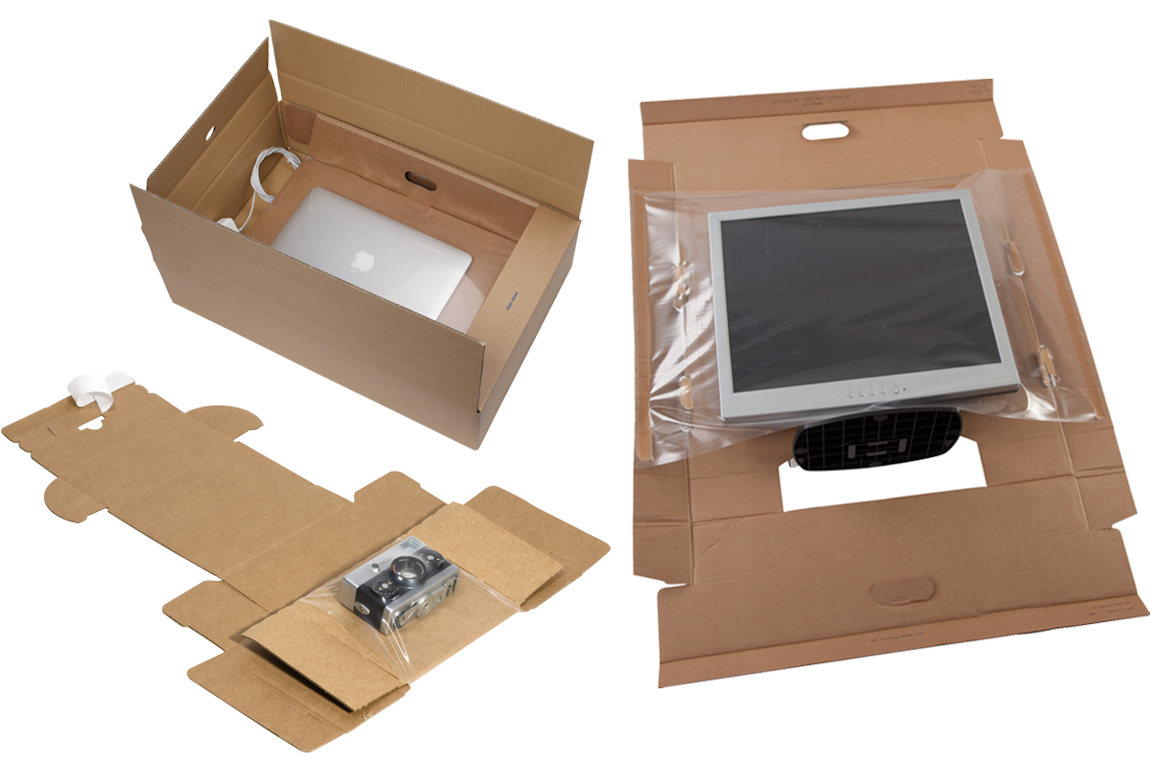Insight on Electronics Packaging Design and Engineering

Electronic packaging design and engineering play a crucial role in ensuring the safety, functionality, and overall success of electronic devices. As technology continues to advance, electronic components become smaller, more powerful, and more delicate, making proper packaging design and engineering even more critical. In this article, we will explore the key considerations and insights in electronics packaging design and engineering.
Protection and Reliability
One of the primary functions of electronics packaging is to protect the delicate electronic components from external factors such as moisture, dust, mechanical shocks, and temperature fluctuations. Proper protection ensures the reliability and longevity of the electronic device.
To achieve this, engineers must carefully choose materials with appropriate properties, such as thermal conductivity, electrical insulation, and mechanical strength. Enclosures made of materials like plastic, metal, or ceramics are commonly used, depending on the specific requirements of the device and its intended use.
Thermal Management
Electronic components generate heat during operation, and excessive heat can lead to performance issues or even component failure. Effective thermal management is essential to dissipate heat and maintain the optimal operating temperature of the electronics.
Engineers use various techniques, such as heat sinks, thermal pads, and fans, to conduct heat away from critical components. Simulation tools and computational fluid dynamics (CFD) analysis can be employed to optimize the thermal performance of the packaging design.
Design for Manufacturability
A successful electronics packaging design must consider ease of manufacturing to reduce production costs and ensure scalability. Design for Manufacturability (DFM) principles involve simplifying the assembly process, minimizing the number of components, and ensuring that components are easily accessible during assembly and repair.
DFM also considers the available manufacturing technologies, such as surface mount technology (SMT), through-hole assembly, or chip-on-board (COB) assembly, to determine the most suitable approach for the specific electronic device.
Size and Form Factor
In the modern electronics industry, there is an increasing demand for smaller and more compact devices without compromising functionality. Electronics packaging engineers must strike a balance between size, form factor, and the required features and capabilities.
Advanced miniaturization techniques, such as system-in-package (SiP) and chip-on-flex (COF) technology, allow for the integration of multiple functions and components into smaller footprints. This enables the development of portable devices like smartphones, wearables, and IoT sensors.
Signal Integrity and EMI/RFI Shielding
Signal integrity is critical in electronic devices to ensure proper functioning and data transmission. Proper electronics packaging design should minimize signal degradation and electromagnetic interference (EMI) or radio frequency interference (RFI).
Engineers employ shielding materials, grounding techniques, and careful routing of signal traces to minimize EMI/RFI emissions and susceptibility. Electromagnetic simulation tools help predict and optimize the performance of these shielding measures.
Environmental Sustainability
As the world becomes more environmentally conscious, electronics packaging design and engineering should also focus on sustainability. This involves using eco-friendly materials, reducing waste during the manufacturing process, and considering end-of-life recycling and disposal.
Engineers can choose recyclable materials or those made from renewable resources to minimize the environmental impact. Designing for disassembly and repairability also encourages the reuse of components, extending the lifespan of the electronic device.
Compliance with Regulatory Standards
Electronics packaging must comply with various regulatory standards and certifications, such as RoHS (Restriction of Hazardous Substances), WEEE (Waste Electrical and Electronic Equipment), and UL (Underwriters Laboratories) safety standards.
Compliance ensures that the electronic devices are safe for consumers and the environment. Electronics packaging engineers must be well-versed in these standards and incorporate the necessary design elements to meet the requirements.
Cost and Time-to-Market
Cost and time-to-market are significant factors in the electronics industry. An efficient packaging design that minimizes material and manufacturing costs while expediting the production process is essential for staying competitive.
Prototyping and simulation tools can be used to identify potential issues early in the design phase, reducing the need for costly revisions during the manufacturing process. Collaboration between design, engineering, and manufacturing teams is crucial to optimizing cost and time-to-market.
Flexibility and Future-Proofing
The electronics industry is dynamic, and technologies rapidly evolve. Electronics packaging design should be flexible and adaptable to accommodate future advancements and changes in device specifications.
Engineers must consider the potential for upgrades or modifications in the future, ensuring that the packaging can accommodate these changes without a complete redesign.
Conclusion
Electronics packaging design and engineering are integral to the success of electronic devices in terms of functionality, reliability, and market appeal. By considering protection, thermal management, size, and form factor, as well as signal integrity and regulatory compliance, engineers can create electronics packaging that meets industry standards and consumer expectations.
Embracing sustainability and focusing on cost-effectiveness and time-to-market can further enhance the success of electronics packaging design. As technology continues to progress, the collaboration between design, engineering, and manufacturing teams becomes even more critical to adapt to the ever-changing demands of the electronics industry.




Leave a Comment